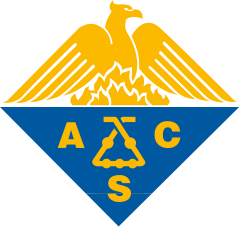
Probing the Reaction Mechanisms of 3,5-Difluoro-2,4,6-Trinitroanisole (DFTNAN) through a Comparative Study with Trinitroanisole (TNAN)
To probe the thermal decomposition mechanisms of a novel fluorinated low-melting-point explosive 3,5-difluoro-2,4,6-trinitroanisole (DFTNAN), a comparative study with trinitroanisole (TNAN) was performed under different heating conditions. The thermal decomposition processes and initial reactions were monitored by DSC-TG-FTIR-MS and T-jump-PyGC-MS coupling analyses, respectively. The results show that fluorine decreased the thermal stability of the molecular structure, and the trigger bond was transferred from the ortho-nitro group of the ether to the para-nitro group. The possible reaction pathway of DFTNAN after the initial bond breakage is the rupture of the dissociative nitro group with massive heat release, which induces the ring opening of benzene. Major side reactions include the generation of polycyclic compounds and fluorine atom migration. Fluorine affects the thermal stability and changes the reaction pathway, and fluorinated products appear in the form of fluorocarbons due to the high stability of the C-F bond.
Топ-30
Журналы
|
1
|
|
|
Energetic Materials Frontiers
1 публикация, 25%
|
|
|
Journal of Materials Science
1 публикация, 25%
|
|
|
Energies
1 публикация, 25%
|
|
|
Journal of Physical Chemistry A
1 публикация, 25%
|
|
|
1
|
Издатели
|
1
|
|
|
Elsevier
1 публикация, 25%
|
|
|
Springer Nature
1 публикация, 25%
|
|
|
MDPI
1 публикация, 25%
|
|
|
American Chemical Society (ACS)
1 публикация, 25%
|
|
|
1
|
- Мы не учитываем публикации, у которых нет DOI.
- Статистика публикаций обновляется еженедельно.





